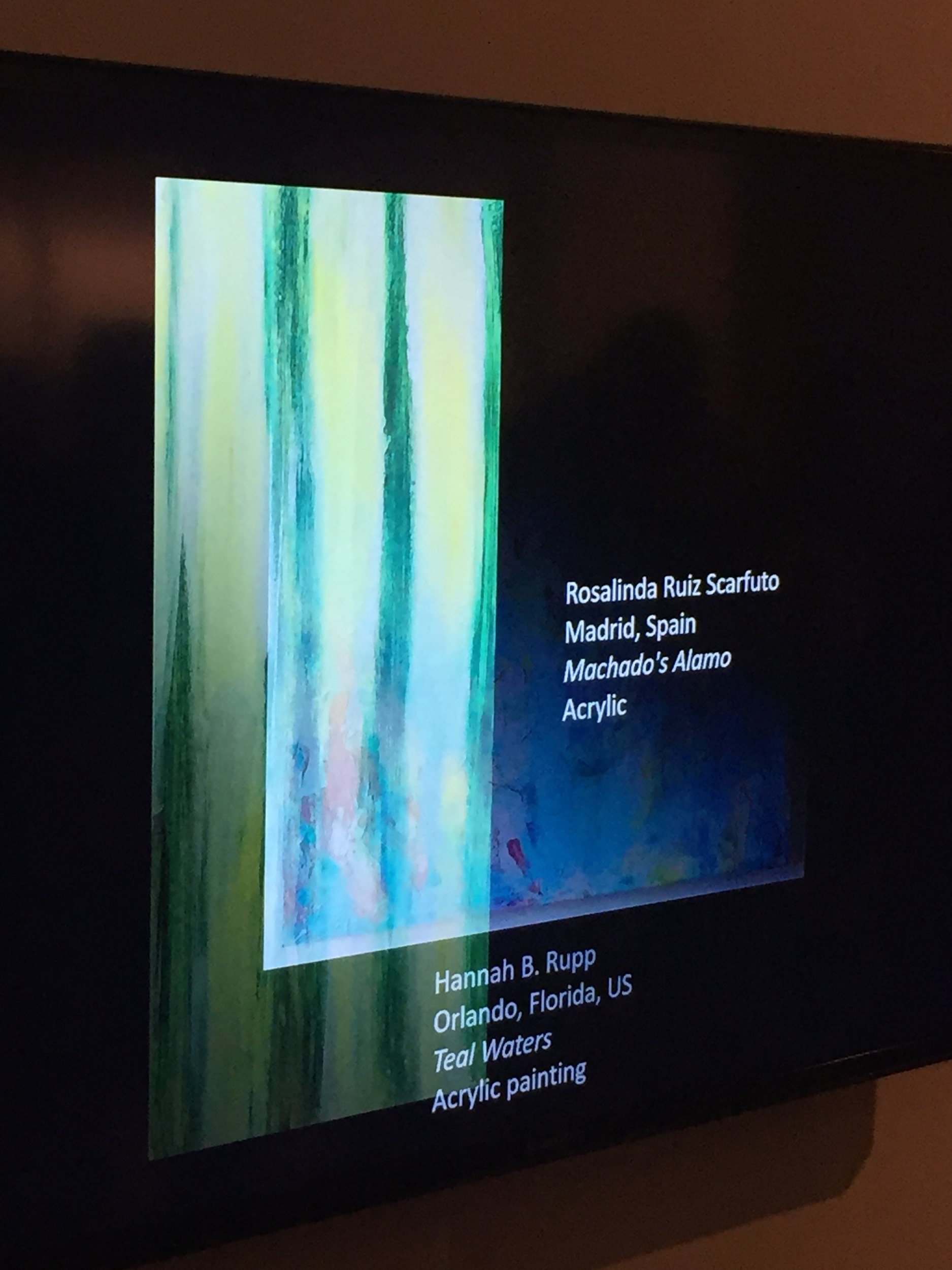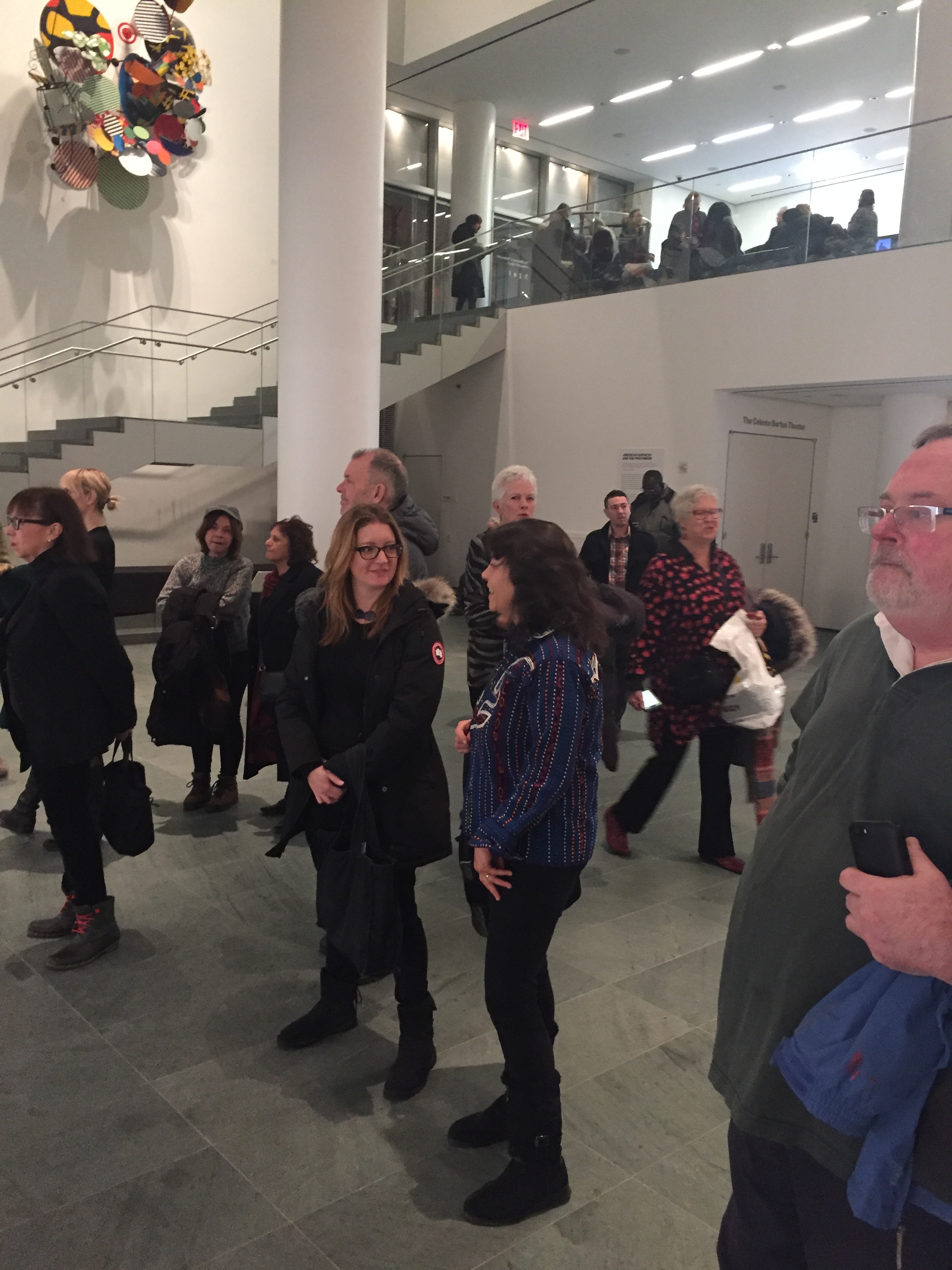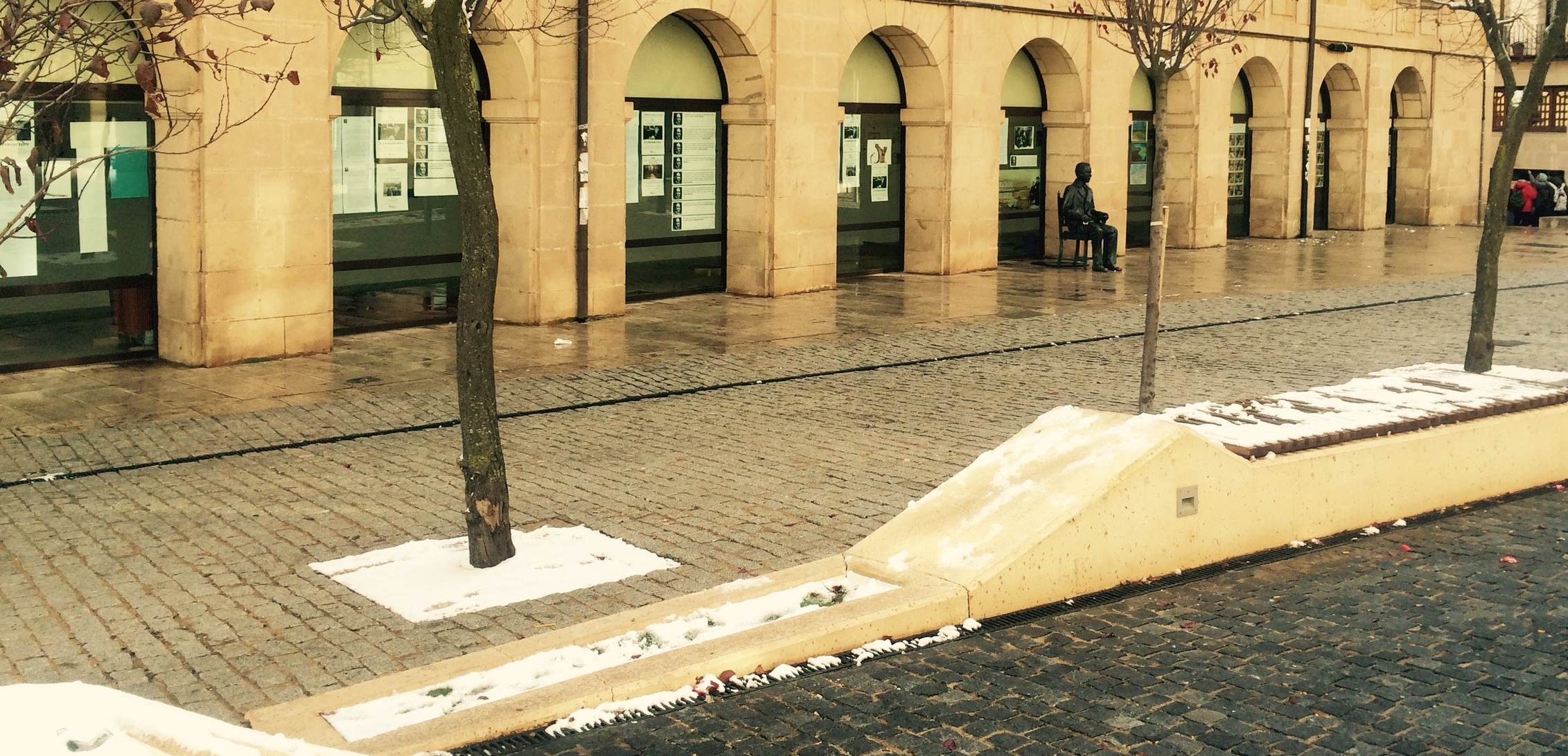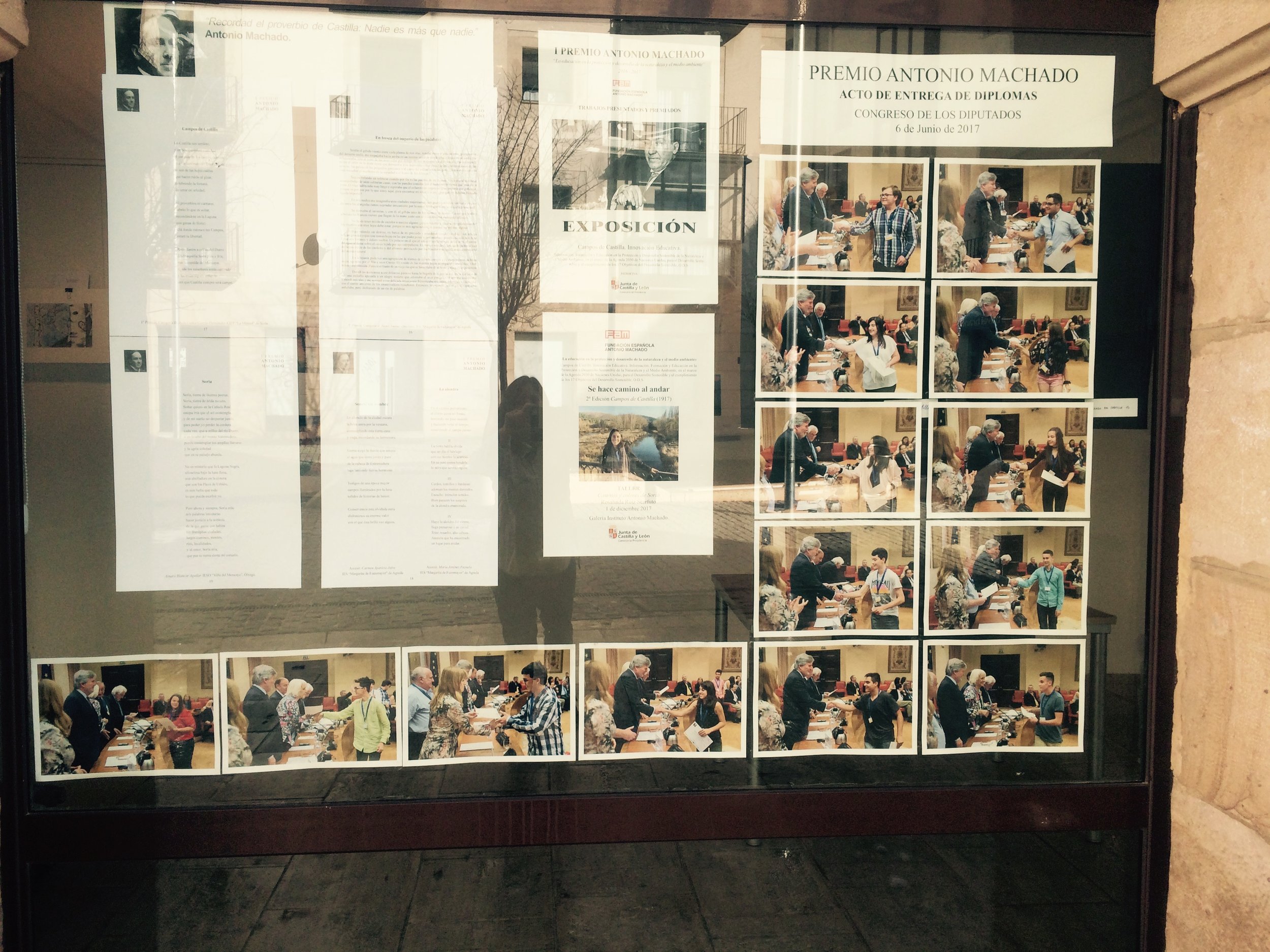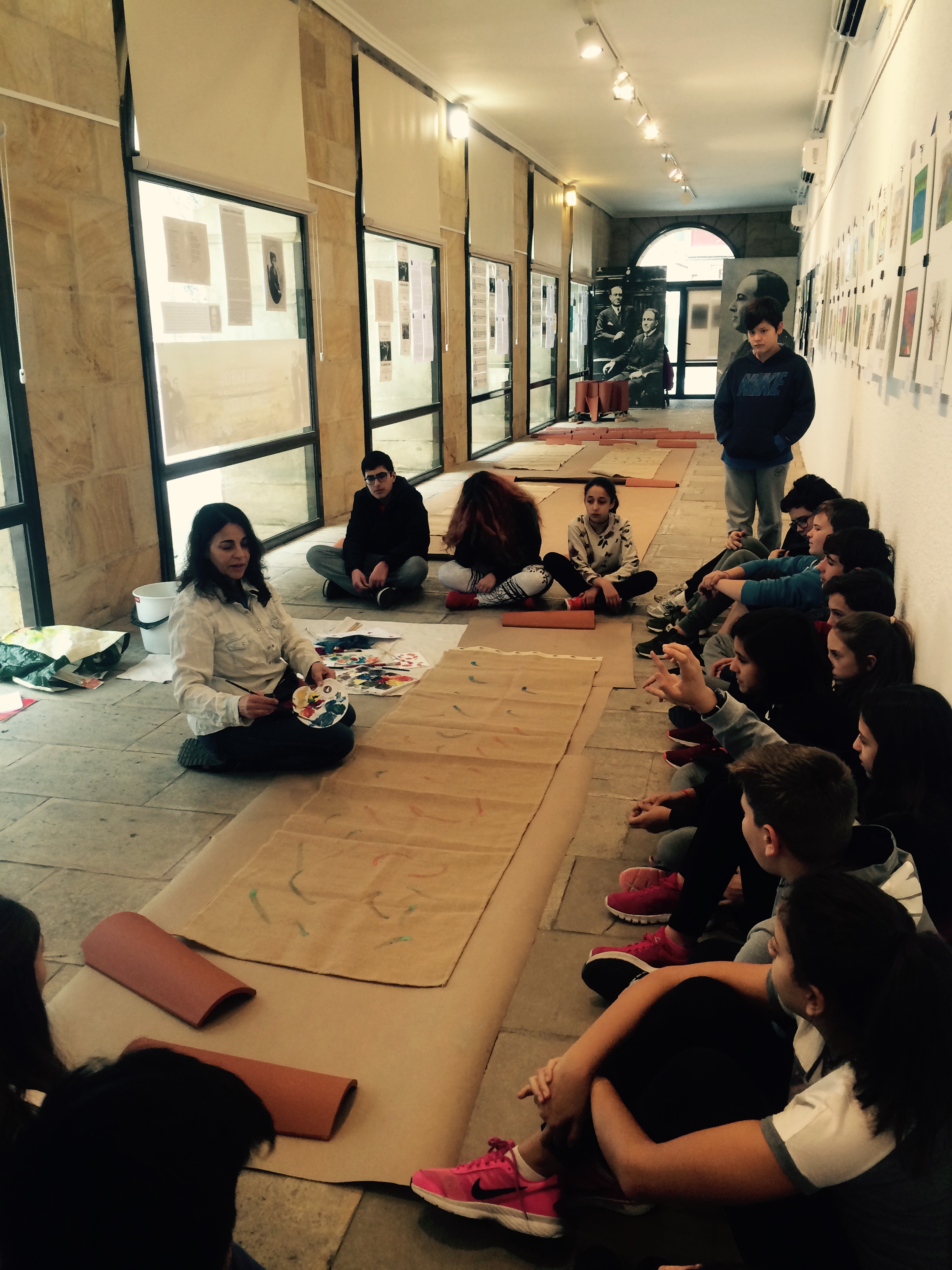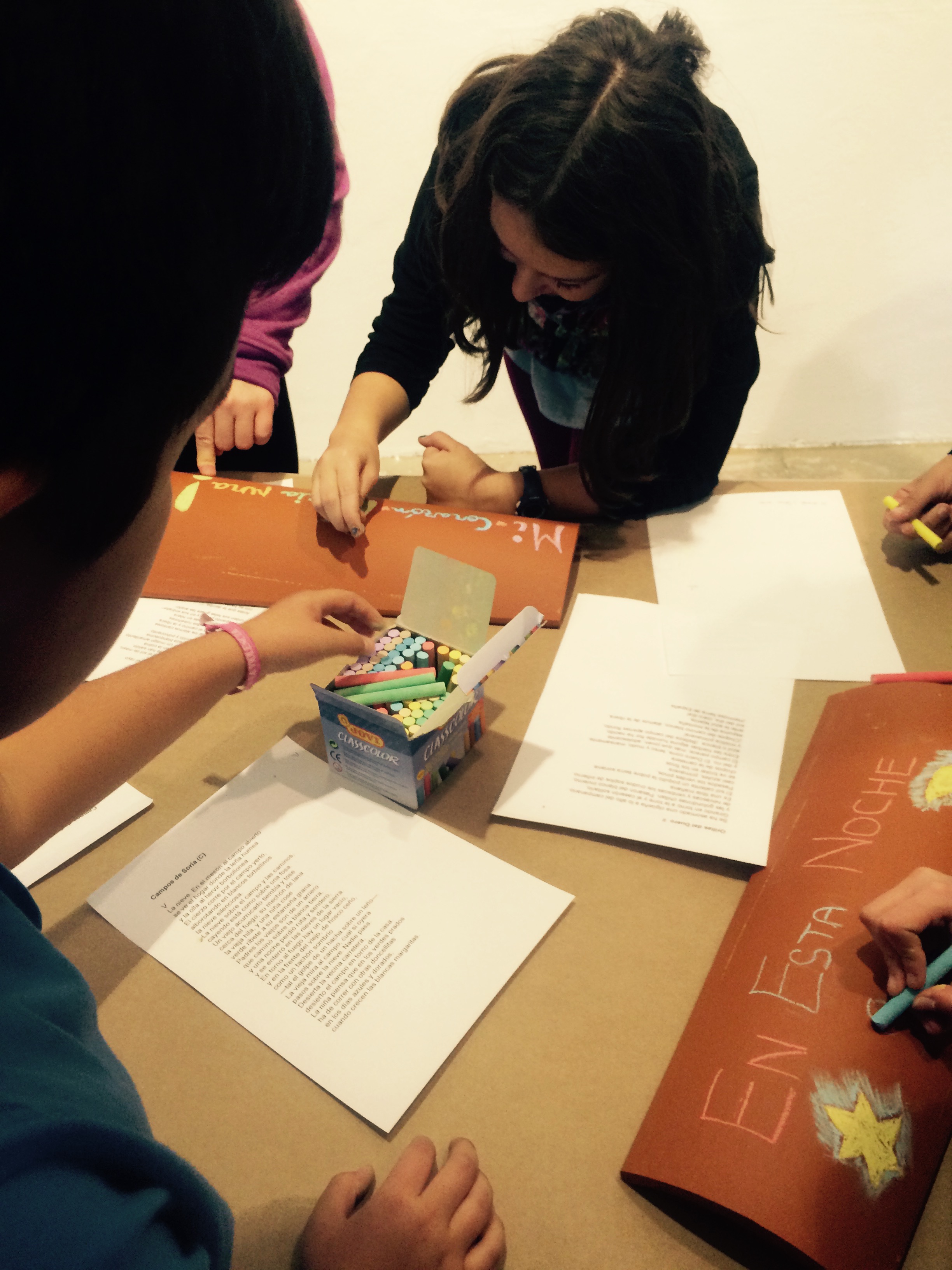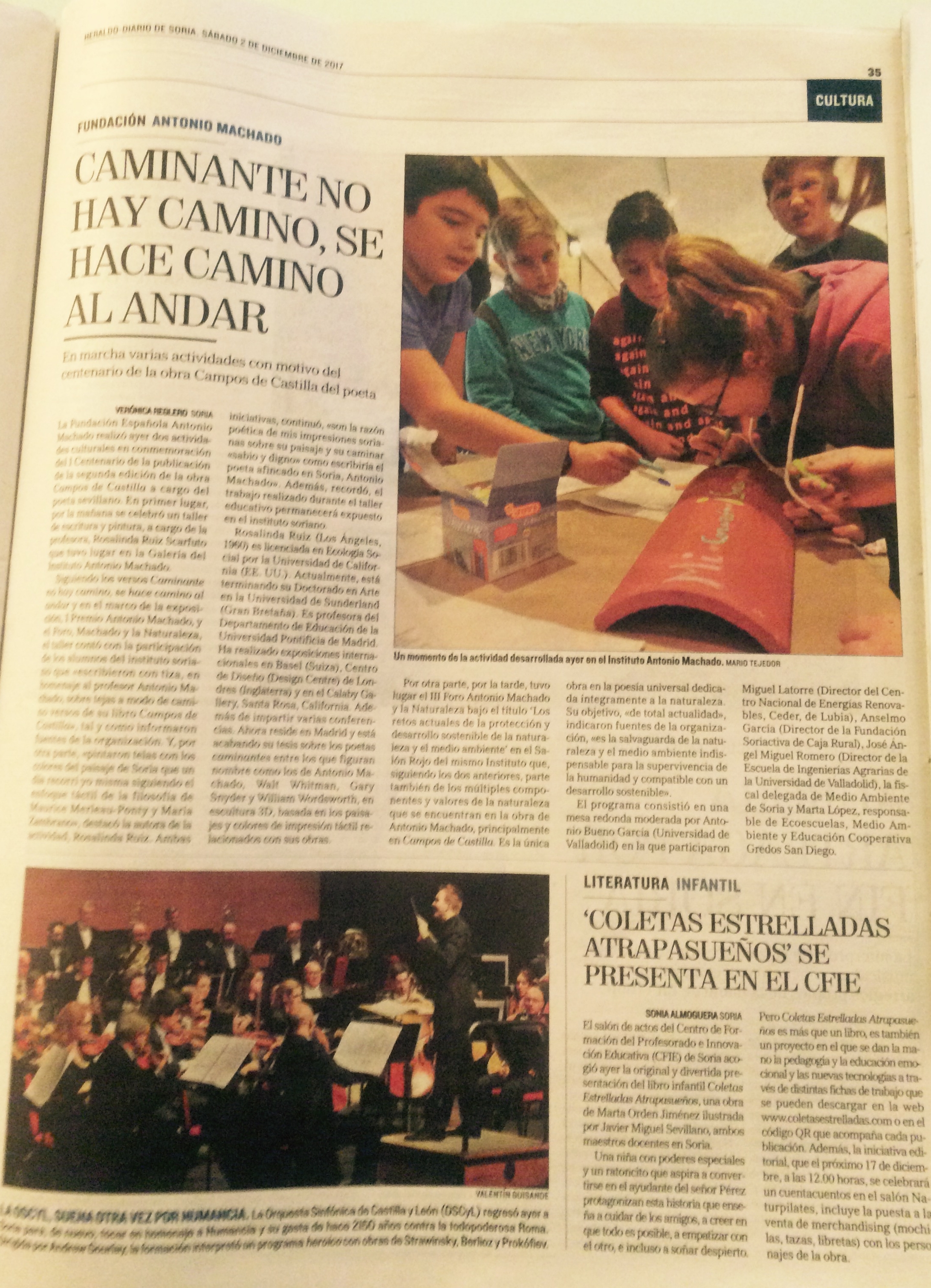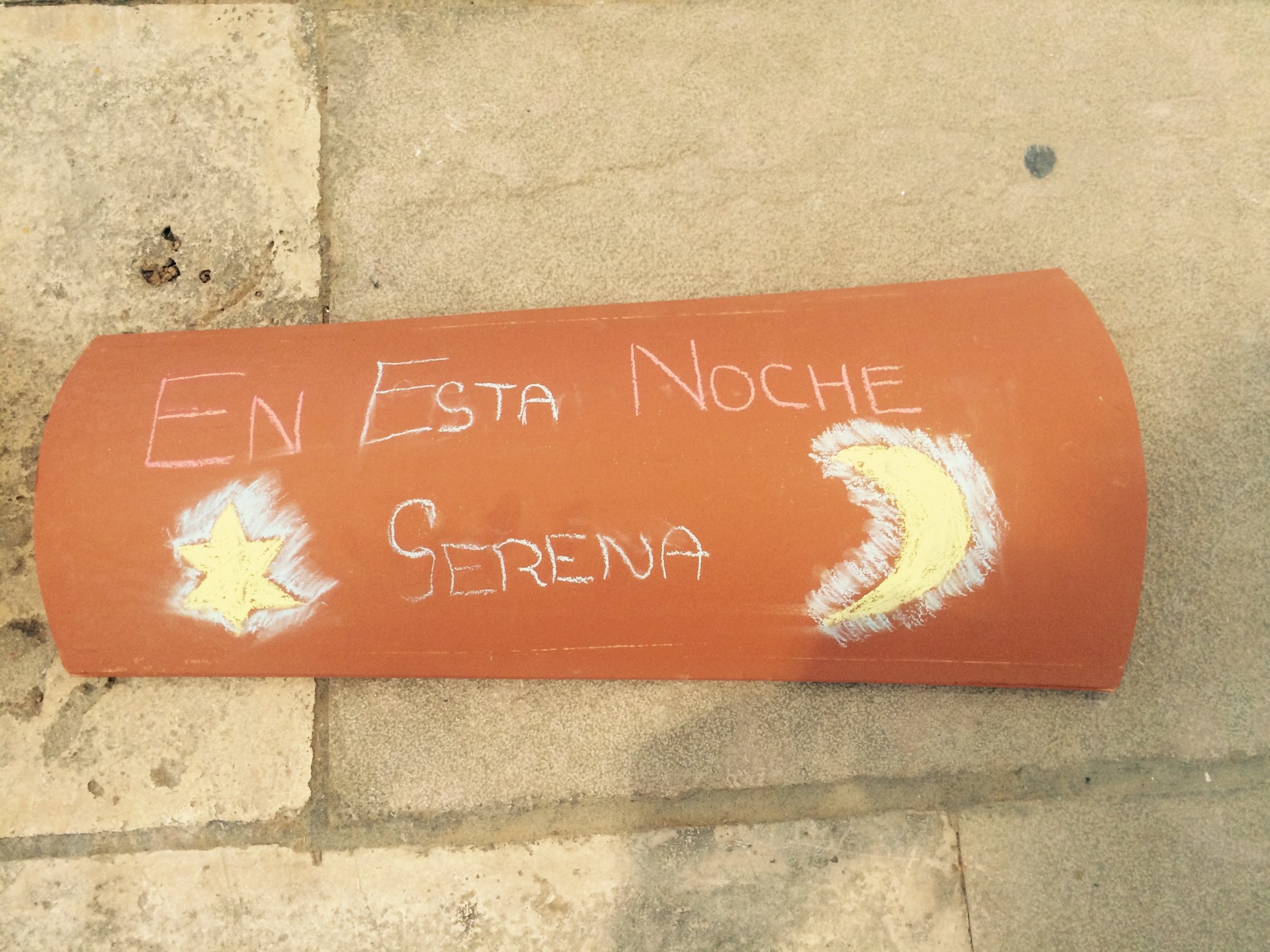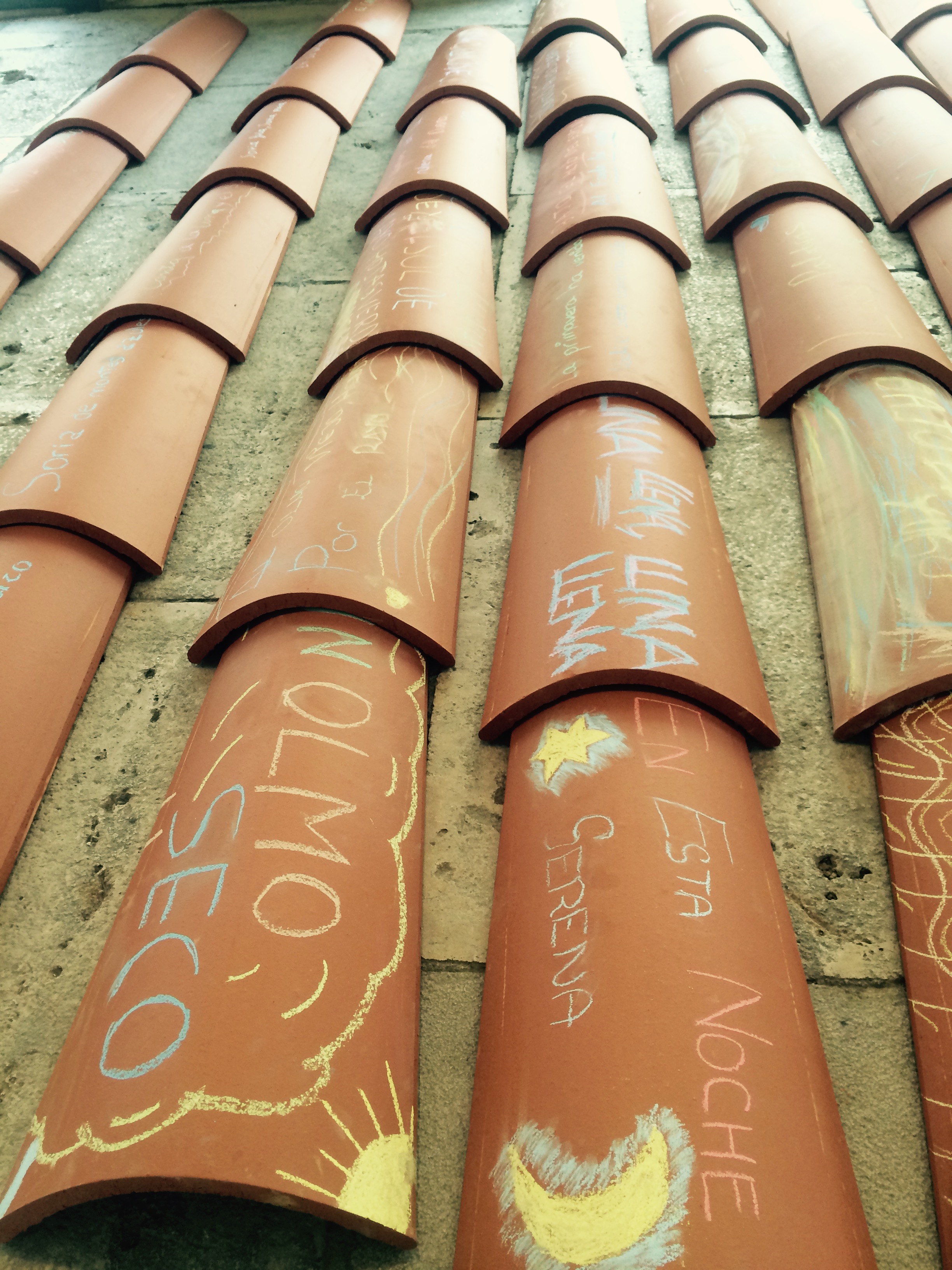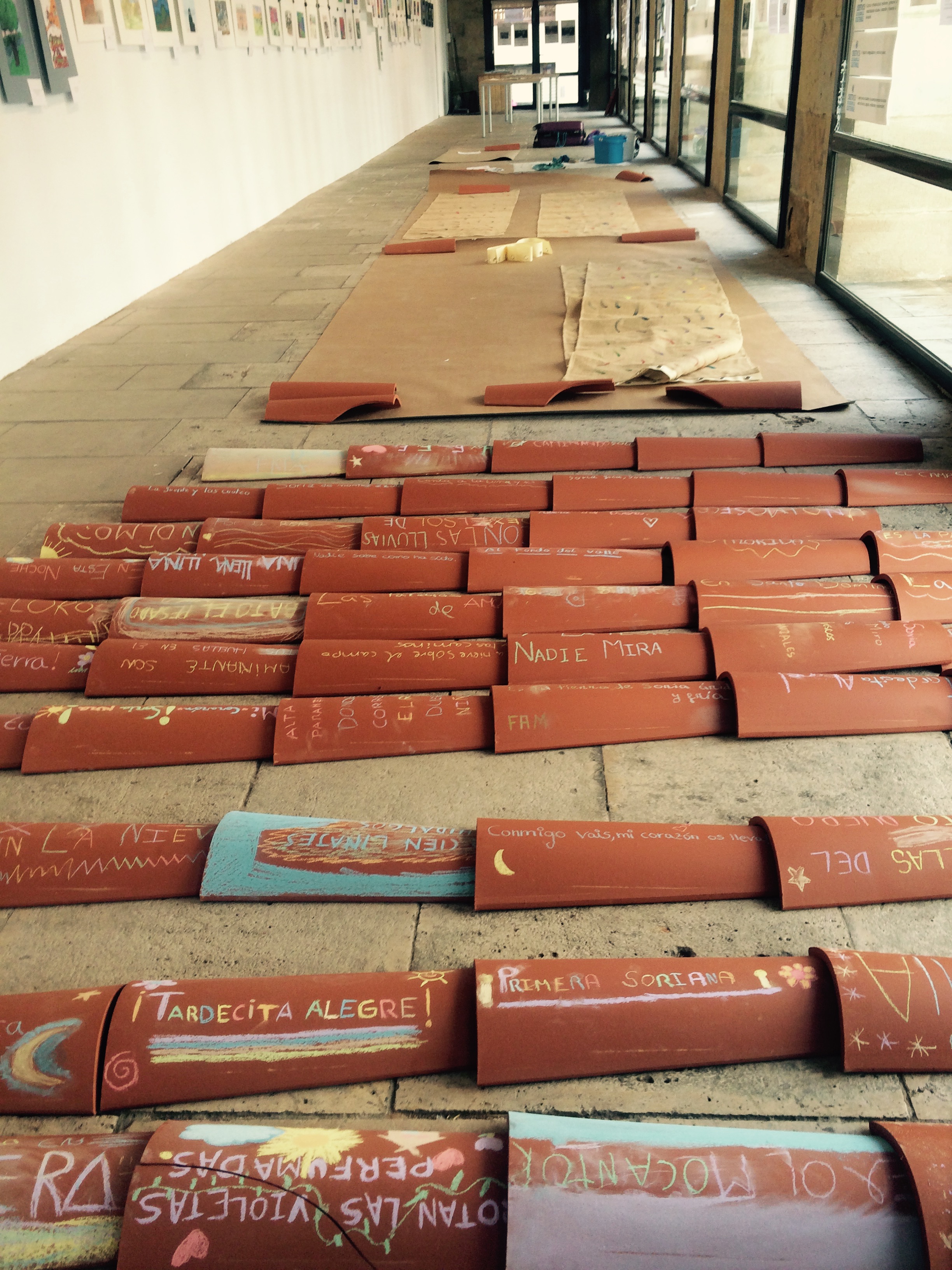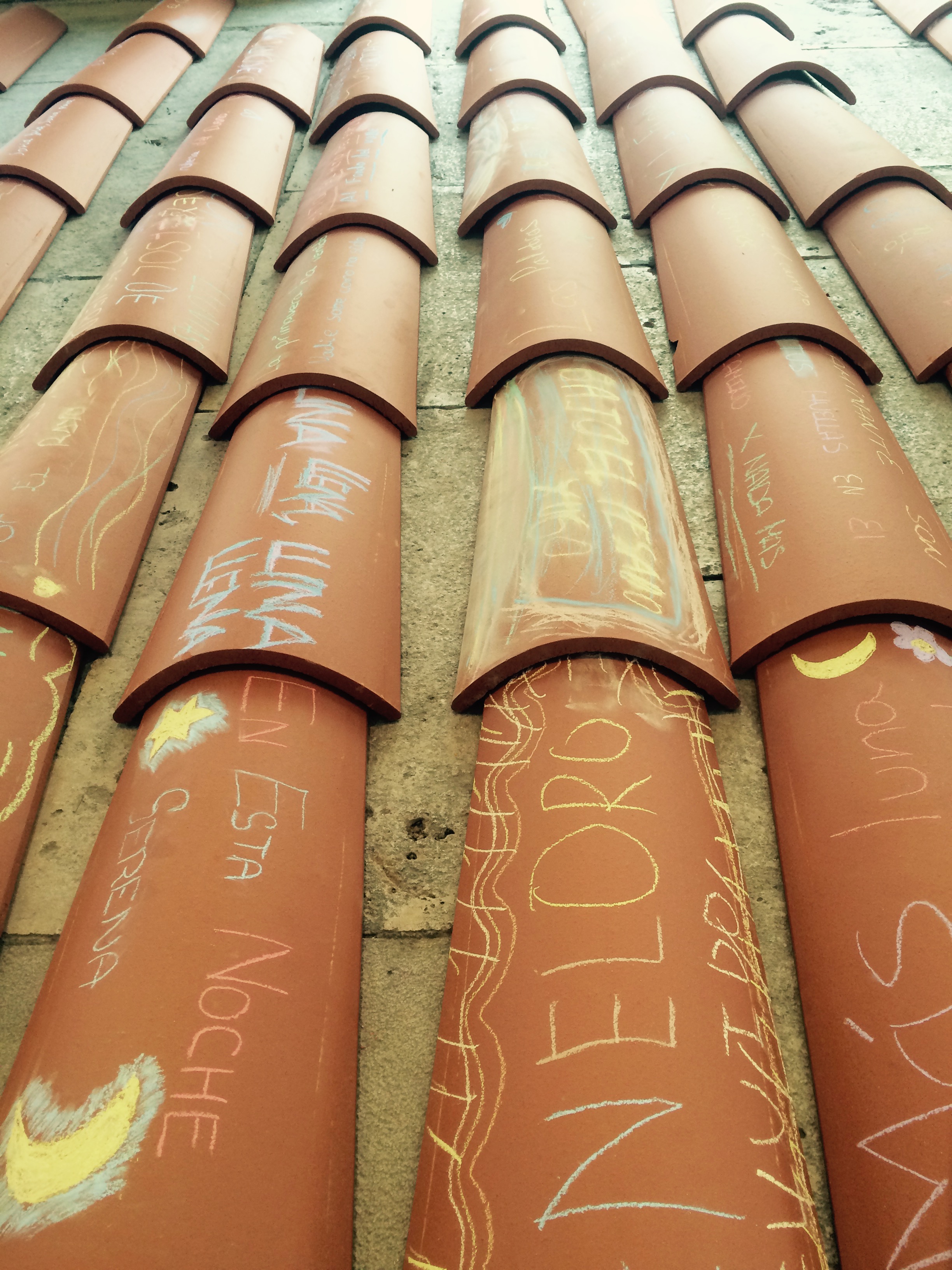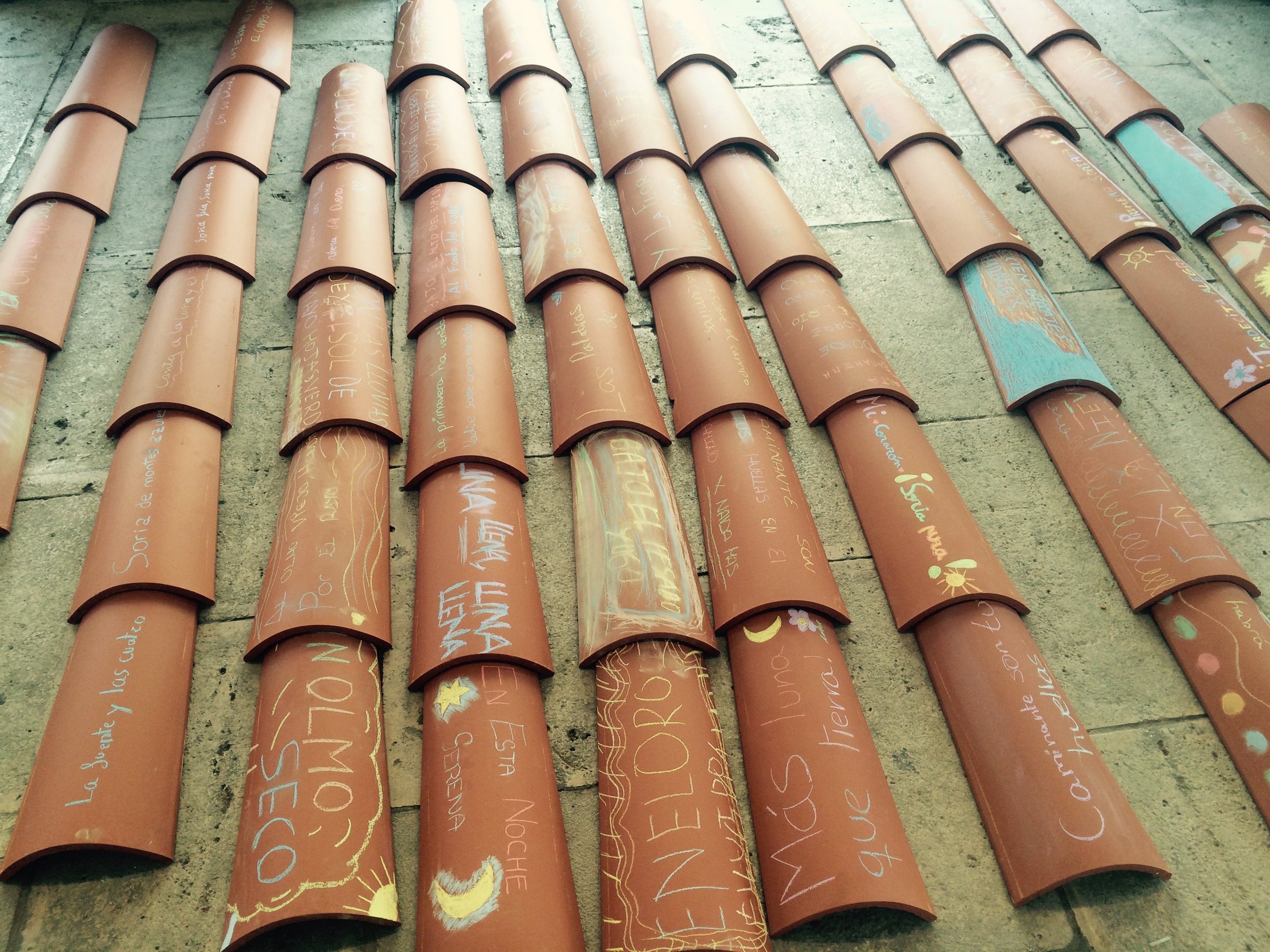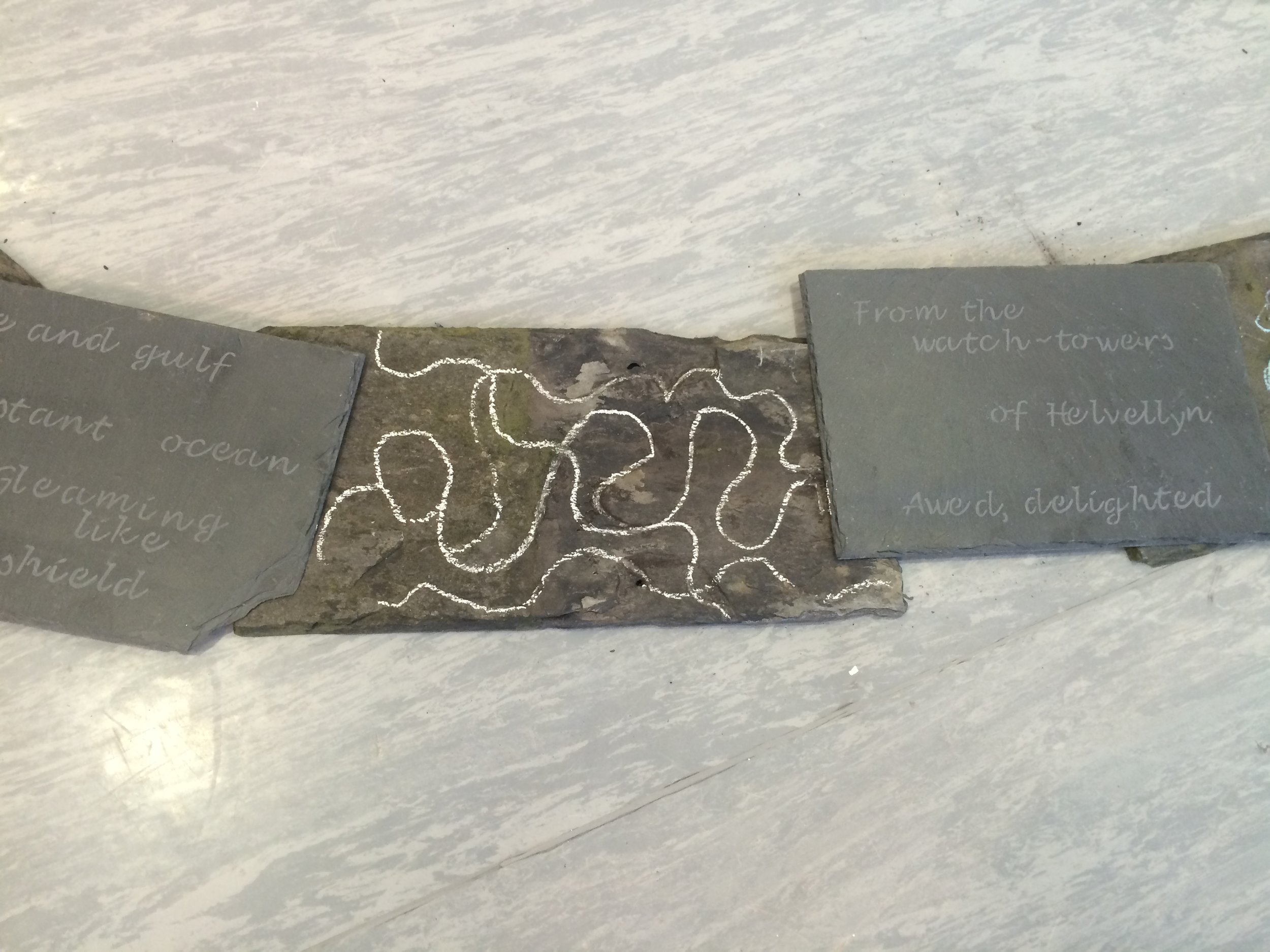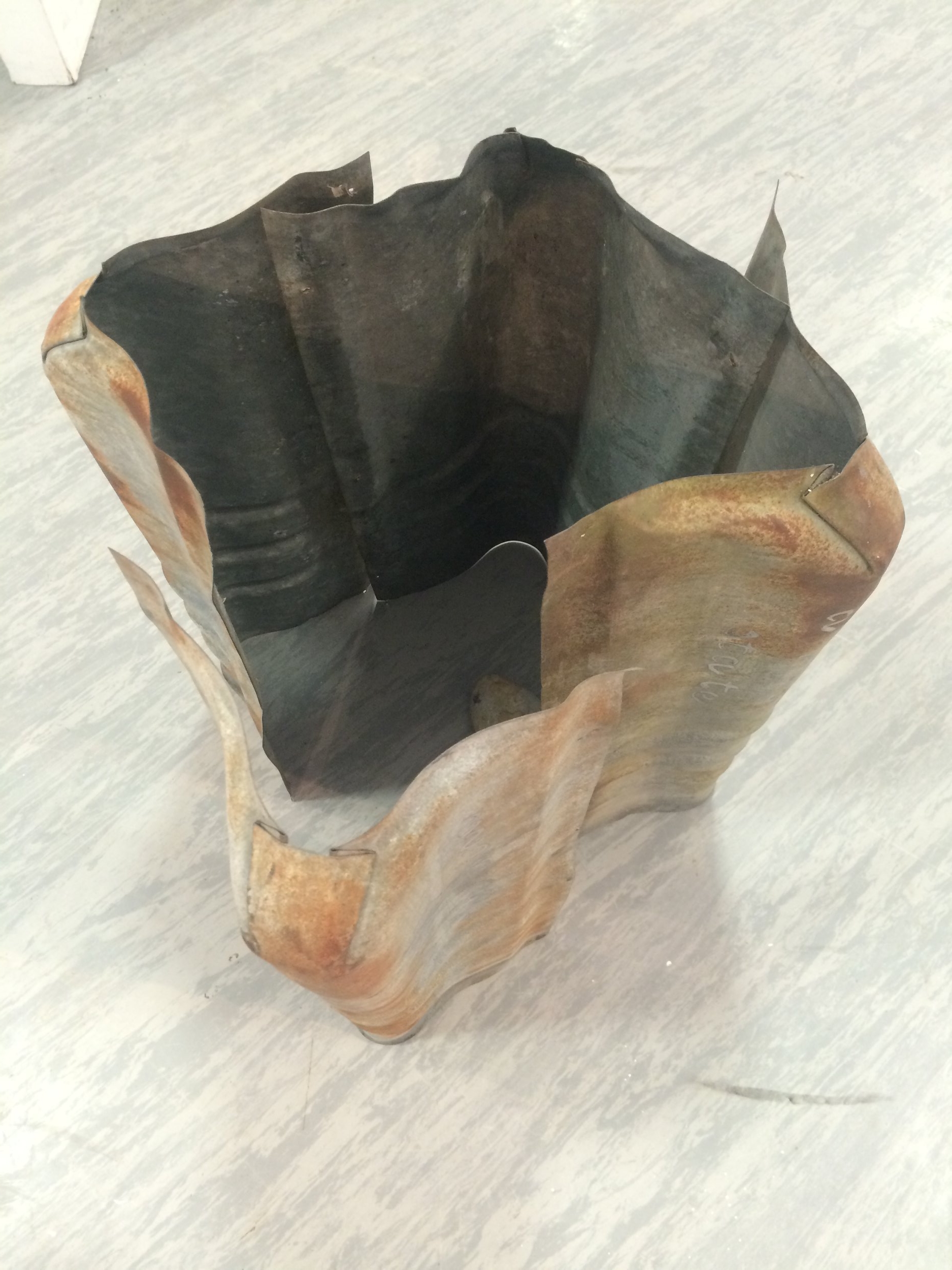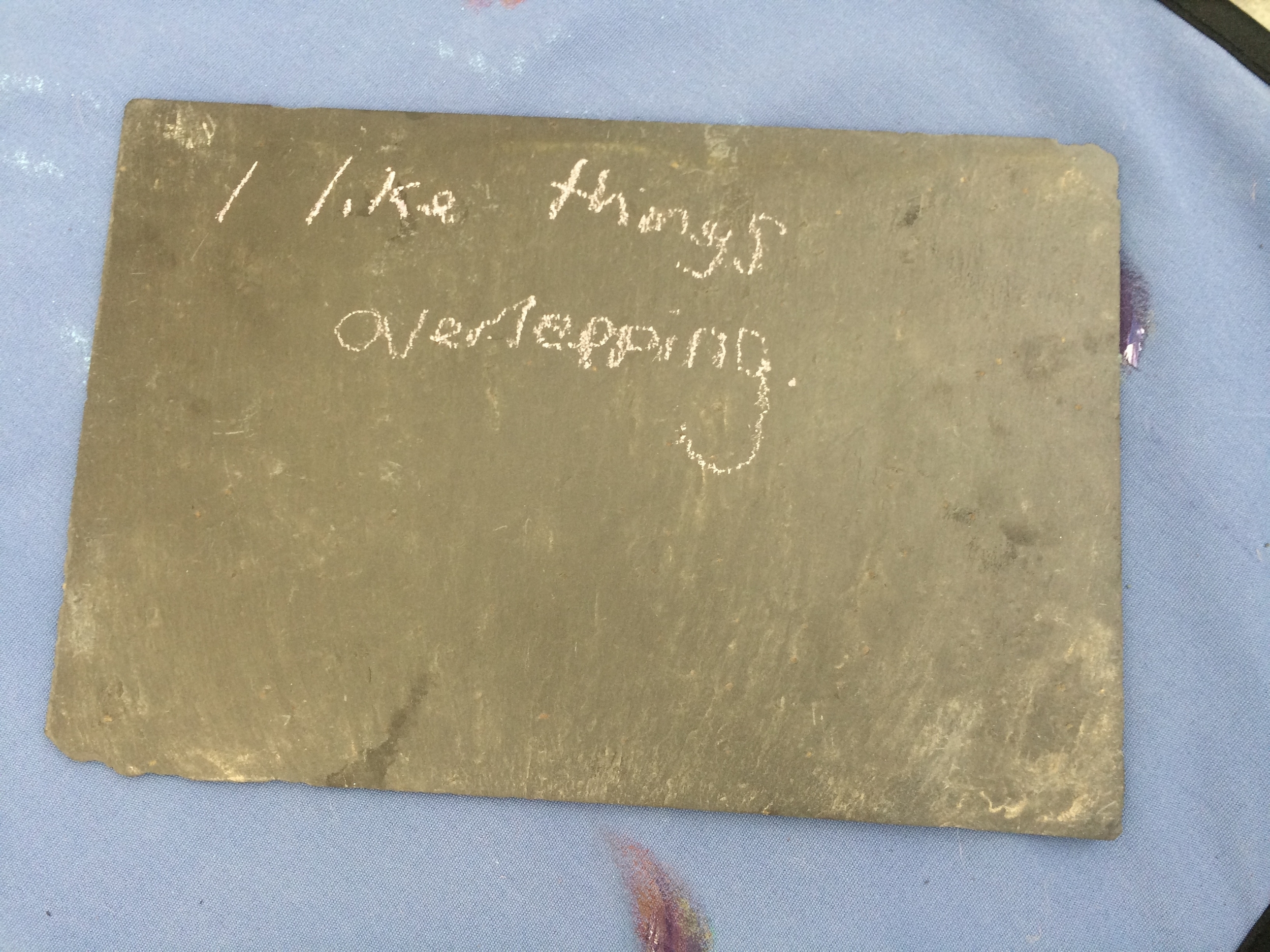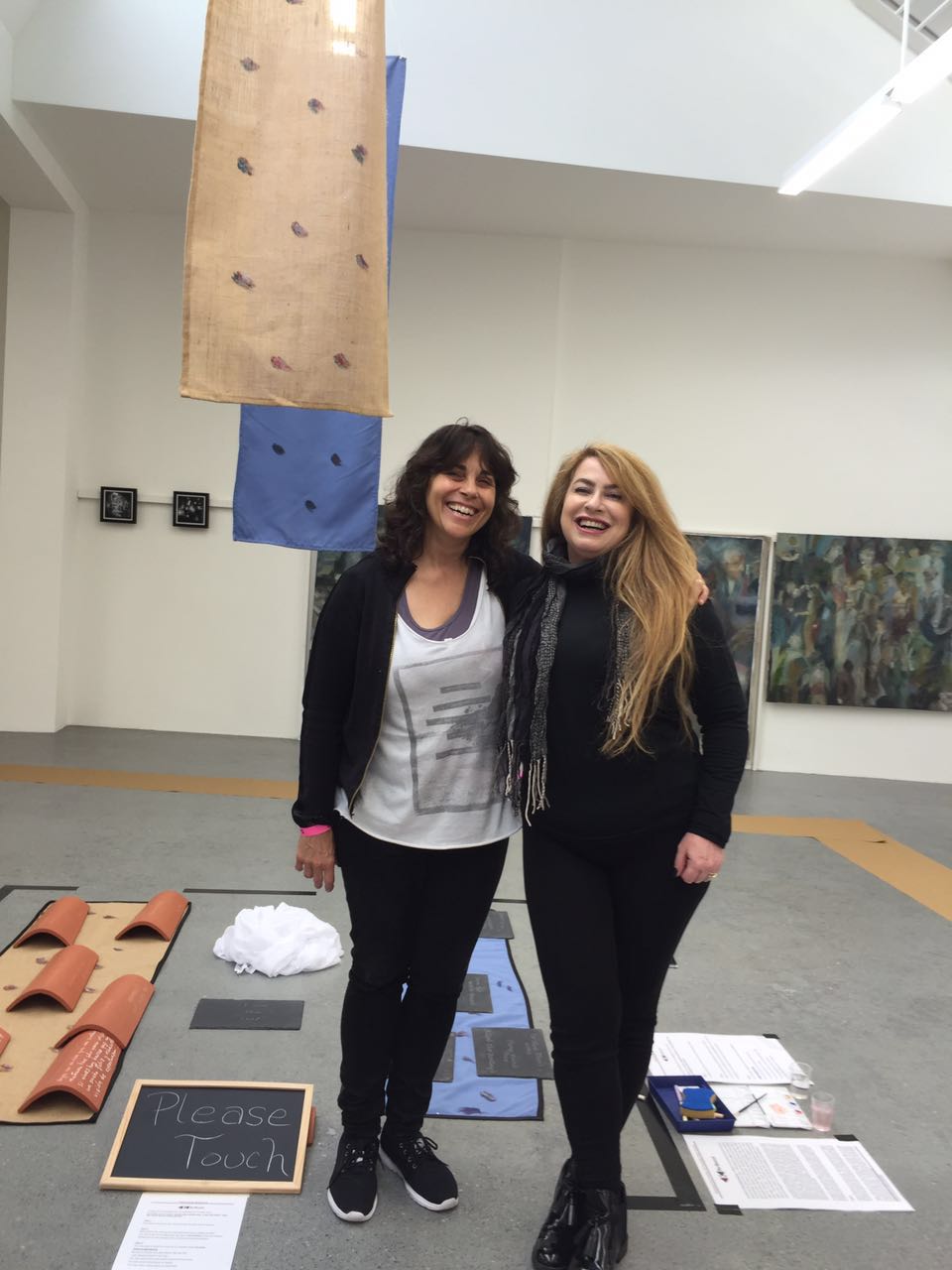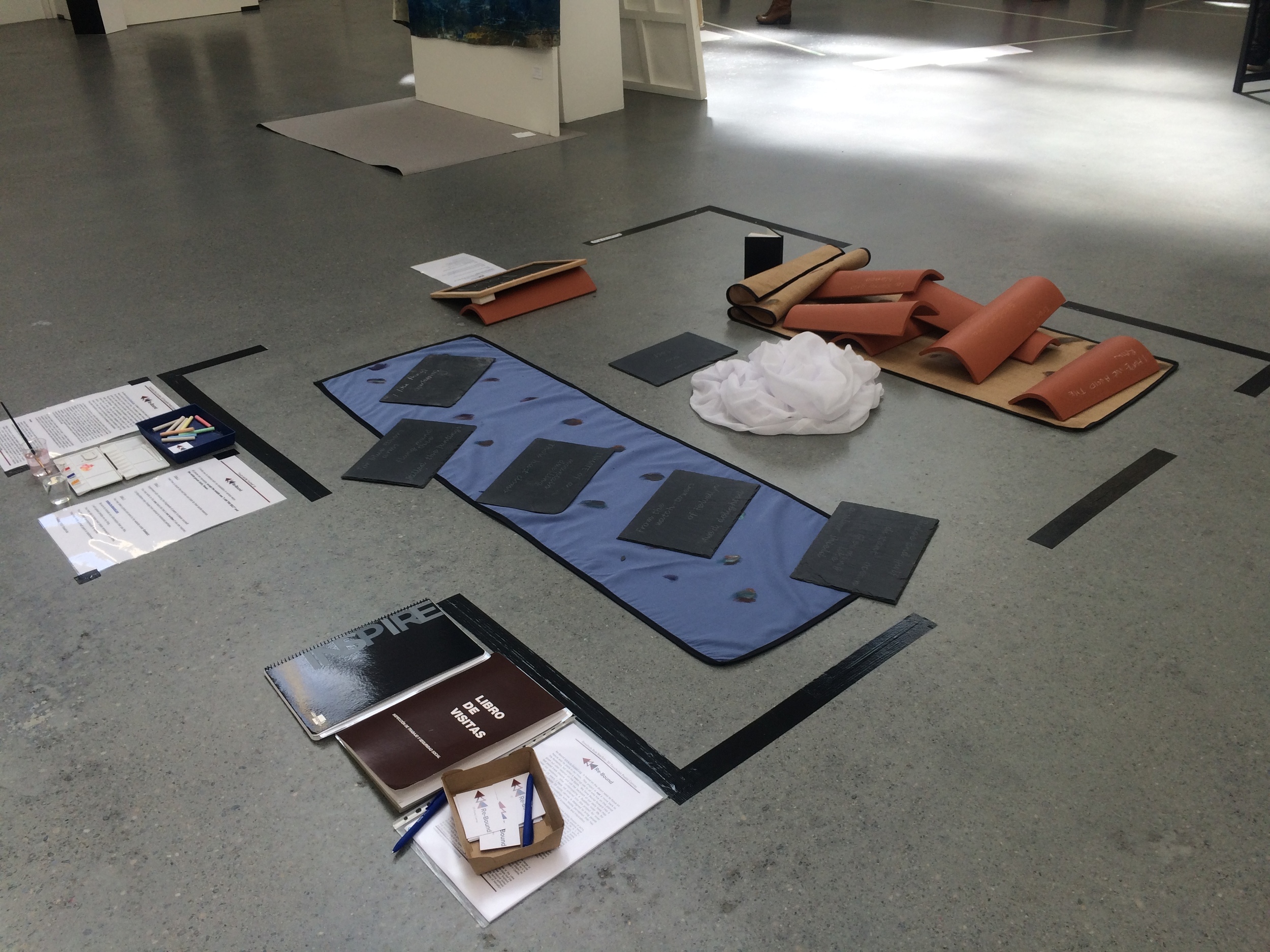Forest Flaneur is a workshop programme exploring the impact of tactile perception on the artist’s process.
The Forest Flaneur method arose from a practiced based doctoral thesis in studio art exploring the impact of tactile perception on the artist’s creative process. This workshop programme led by Rosalinda Ruiz-Scarfuto introduces the participant to how the tactile memory dynamic is ignited through gentle engagement of the finger pads and intuitive movements in a rural setting. Layers of perception are added as the sessions unravel on a journey into the wilderness. First the visual aspect of an ecosystem is explored as a baseline of the space, thenthe tactile perception layer invites a focus to details. As each participant follows their own random mode in situ, Nature reveals its inner core through attraction.After the walks, a quiet gestation period in solitude allows the tactile memory to become embodied in our essence. Finally, sharing our investigations in joint collaboration, enriches the empathy to the environment and ourselves combined.Be pleasantly surprised to indulge in nature’s call “to touch and be touched.”
SCHEDULE
11 Sept. 1-5pm (two sessions) – half day
Introduction to Forest Flaneur methodology and tactile perception in relation to the creative process (indoor). Take a group visual walk as a baseline to feel the space of the ecosystem in the afternoon. Have a break to contemplate. Then join the leader on a short tactile walk (outdoor) to understand gentle touch using our finger pads. Later, creative expression (indoor/outdoor) in solitude.
12 Sept. 9am-5pm (three sessions) – full day
Morning tactile walk, random movements in Nature based on individual attractions to natural elements (outdoor) in silence. Then, time for creative expression (solitude) and finally share our expressions informally and open the group to join for a performance (collective).





